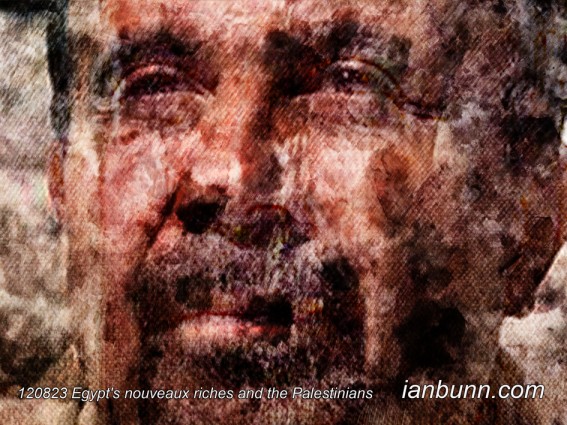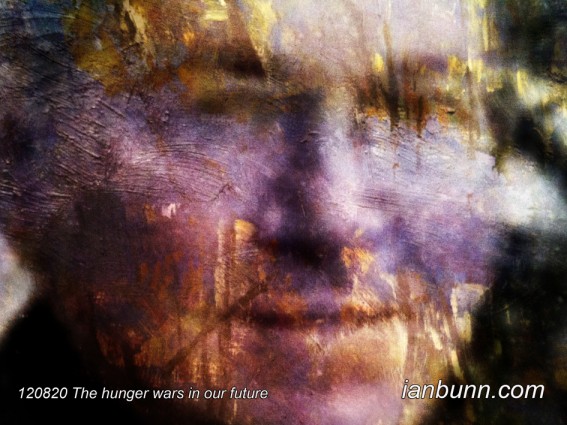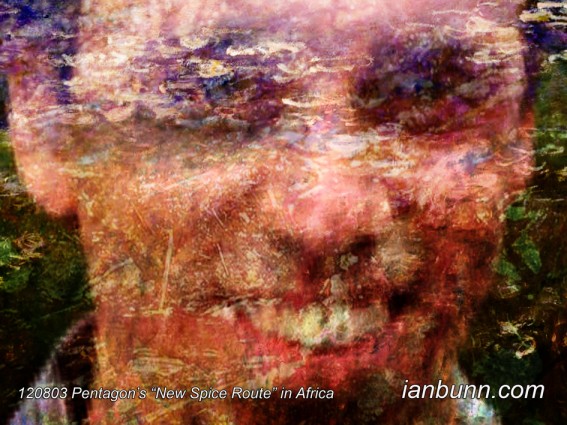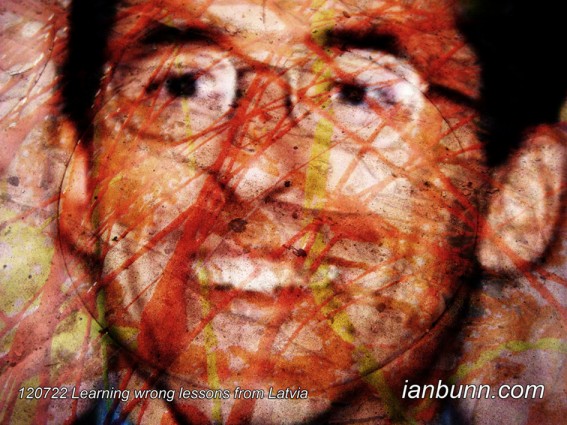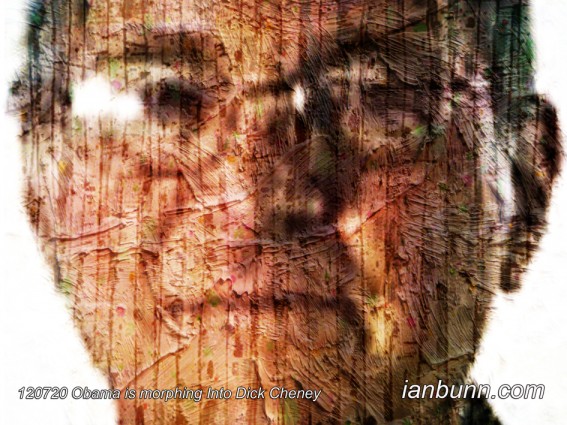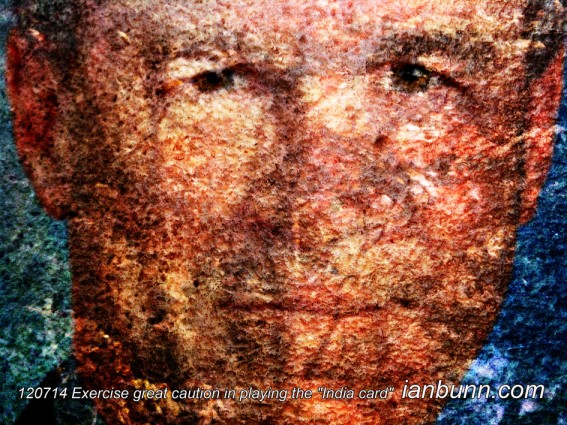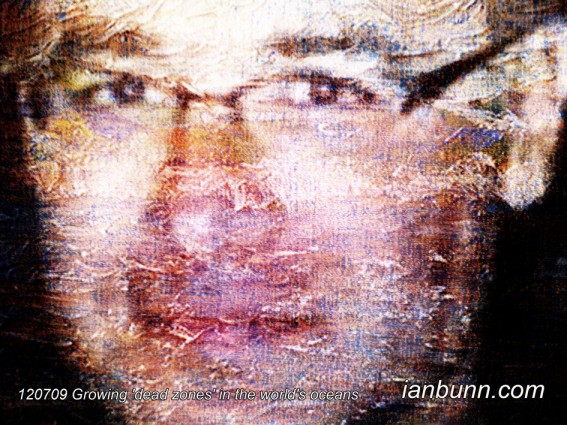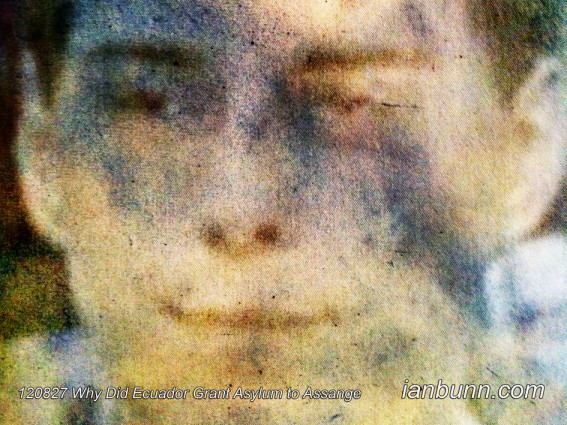 Why Did Ecuador Grant Asylum to Assange (August 27 2012)
Why Did Ecuador Grant Asylum to Assange (August 27 2012)
Kevin Gosztola the American undergraduate writer and filmmaker has posed the question: Why Did Ecuador Grant Asylum to Julian Assange? in an article he published in The Nation magazine. In the article he states “…in the face of rumors that British authorities were considering storming the Ecuadorean embassy in London to arrest Julian Assange, Ecuador’s Foreign Minister, Ricardo Patiño, announced that his country will grant the WikiLeaks founder diplomatic asylum. He declared that his government endorsed the “fears” expressed by Assange that he could face political persecution if sent to Sweden, and that such asylum would protect him from the possibility of being extradited to the United States. …Patiño read from a list of points detailing the foundation for the asylum request by Assange, who he described as “an award-winning communications professional” known “internationally for his struggle for freedom of expression, press freedom and human rights in general.” He cited “strong evidence” that Assange faced possible “retaliation by the country or countries that produced the information,” revealed by Cablegate, noting that such retaliation “may endanger [his] safety, integrity, and even his life.” He said that “given an extradition to the United States of America, Mr. Assange would not have a fair trial, could be tried by special courts or military” and could be the victim of “cruel and degrading” treatment. …if the Swedish government is genuinely concerned over the women who brought forth the allegations against him, it is troubling to see its government continue to refuse to send someone to question Assange in London. It is this refusal that ultimately helped convince Ecuador to grant asylum.”
Inspired by The Nation ow.ly/d7cxQ image source Twitter ow.ly/d7d4c

